Artificial food dyes have long played a starring role in processed foods, giving everything from cereal to candy an irresistible pop of color.
But behind the bright hues lies a darker truth: many of these synthetic dyes are tied to health concerns ranging from hyperactivity in children to potential carcinogenic effects.
With increasing scientific scrutiny and growing pressure from health advocates, the U.S. is gearing up to pull the plug on some of its most controversial food colorants. Here are eight artificial dyes currently under fire and likely facing a future ban.
1. Red 3 (Erythrosine)
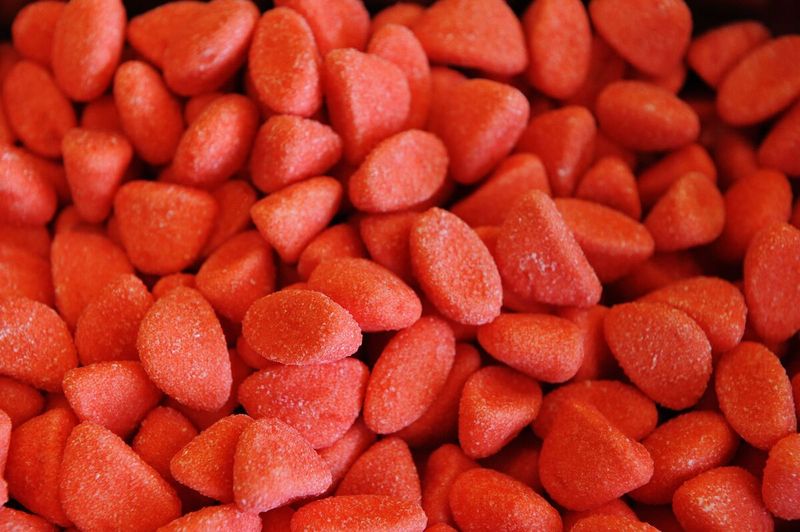
Best known for its bubblegum-pink glow, Red 3 has been a fixture in ultra-bright treats for decades.
You’ve likely seen it in maraschino cherries, strawberry-flavored snack cakes, canned fruit salads, and baking decorations like sprinkles and gels.
Despite its visual appeal, Red 3 has a troubling track record.
Animal studies have linked it to thyroid tumors, prompting the FDA to ban its use in cosmetics and topical drugs way back in 1990 — yet oddly, it remains legal in food.
That contradiction has sparked outrage among health advocates, and now regulators are finally catching up. Its days of making your desserts glow neon pink may be numbered.
2. Red 40 (Allura Red)
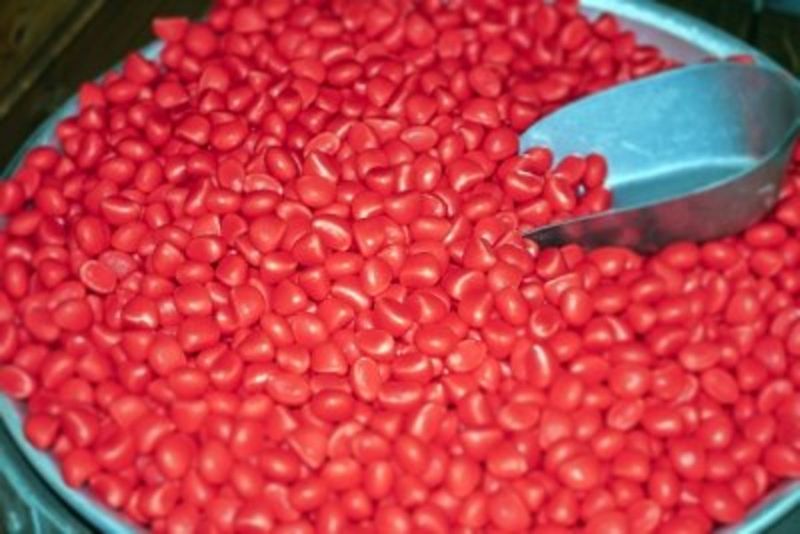
This vibrant red hue shows up in everything from fruit punch and licorice to frosted cereals and sports drinks. It’s one of the most widely used dyes in the U.S., especially in products aimed at kids.
But Red 40’s reputation is anything but sweet. Numerous studies have pointed to its potential link with behavioral issues, including hyperactivity and ADHD-like symptoms in children.
It can also trigger allergic reactions in some individuals, particularly those with aspirin sensitivity.
Countries like the UK have taken steps to restrict its use or require warning labels — and now the U.S. might not be far behind.
3. Orange B
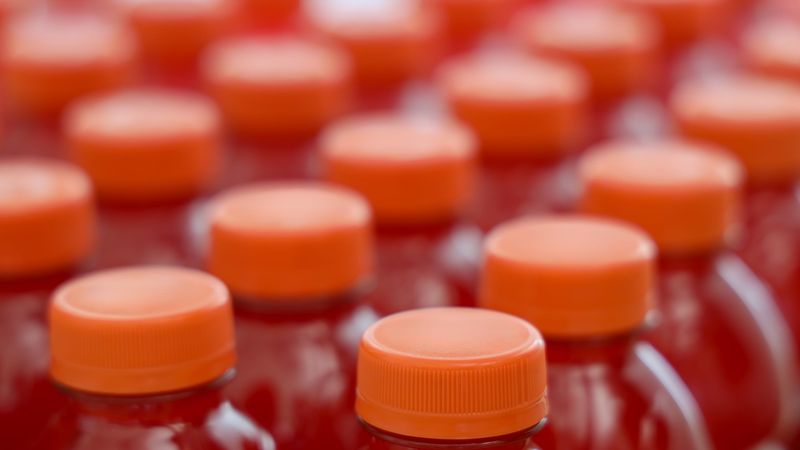
You’ve probably never spotted Orange B on a label — and there’s a reason for that. It’s mostly been used in the casing of hot dogs and sausages, rather than in foods people directly consume.
Even with such limited application, Orange B has raised enough red flags to warrant concern.
Some research has linked it to the formation of potentially harmful byproducts when exposed to heat or certain preservatives.
Given that it’s essentially replaceable with safer alternatives, regulators see little justification for keeping it around. Its quiet exit from the food industry may go unnoticed, but it’s still a step toward safer eating.
4. Yellow 5 (Tartrazine)
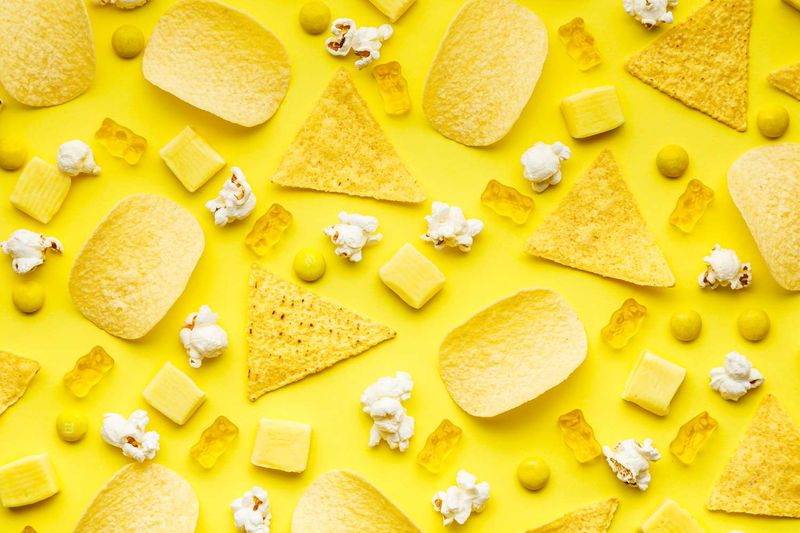
When you think of lemon-lime candies, cheesy snacks, or fluorescent yellow gelatin, Yellow 5 is likely the culprit.
It’s used to add brightness to a wide range of processed foods, from crackers and soft drinks to cereals and instant noodles.
However, this sunny-looking dye has a stormy reputation. It’s been associated with allergic reactions, especially among people who also react to aspirin, and has been flagged in studies examining hyperactivity in children.
Several countries require warning labels or outright ban it in children’s products. As calls grow louder for cleaner ingredient lists, Yellow 5 may soon fade from American pantries.
5. Yellow 6 (Sunset Yellow)
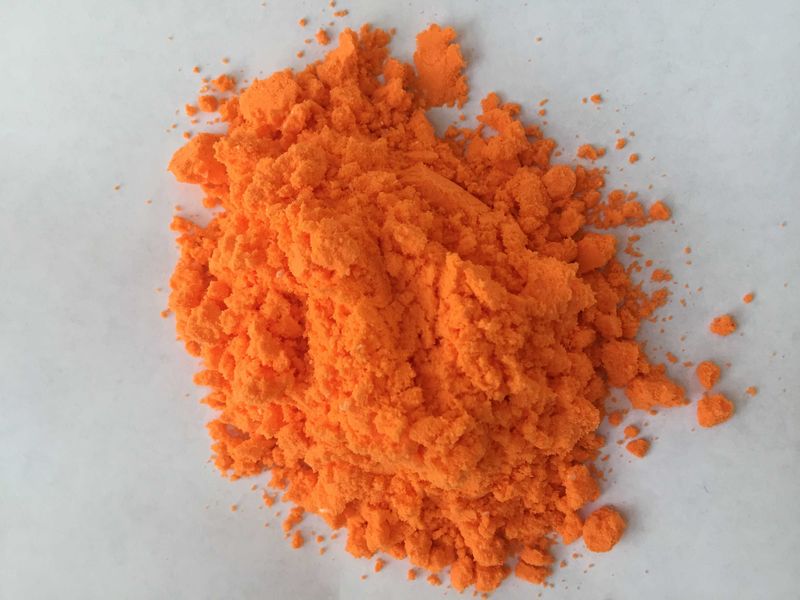
Used to mimic golden-orange tones in chips, cheese-flavored snacks, and even baked goods, Yellow 6 is a staple in the artificial color arsenal.
It helps products like orange soda, fruit-flavored candies, and boxed mac and cheese look more appetizing — at least to the eye. Unfortunately, what looks good might not be good for you.
Animal studies have connected Yellow 6 with adrenal and kidney tumors, though findings remain controversial and debated. Still, the push for transparency and safer ingredients has put it on the chopping block.
With natural coloring alternatives becoming more available, many manufacturers may drop it before the FDA makes the final call.
6. Green 3 (Fast Green)
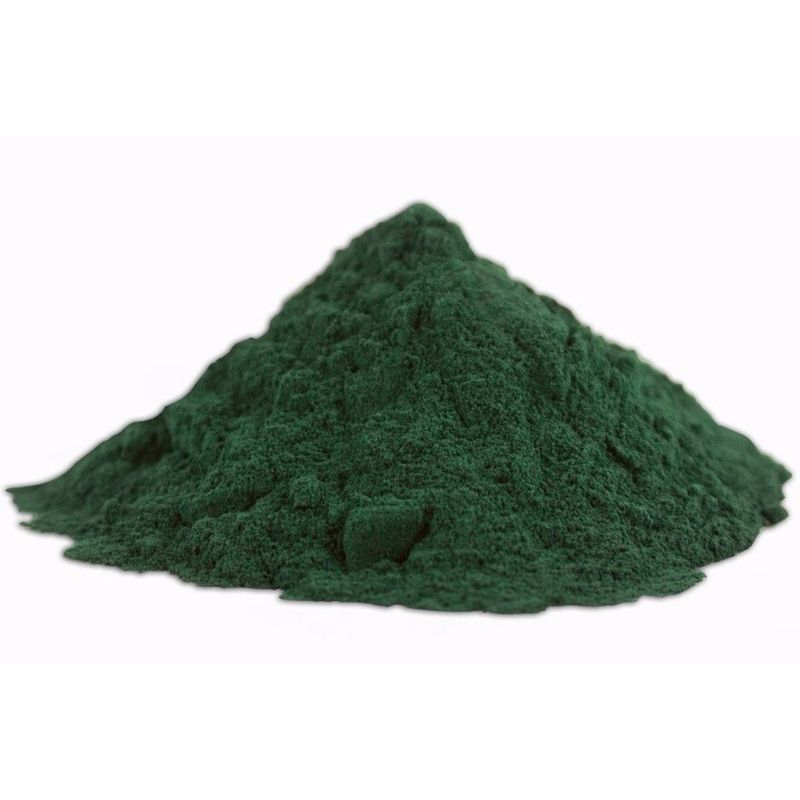
Though not as frequently used as the other dyes, Green 3 makes an occasional appearance in gum, popsicles, and certain canned vegetables. It adds a rich, unnatural green that’s difficult to replicate with natural alternatives.
The trouble lies in its questionable safety profile.
Animal research has shown potential links to bladder tumors, and while definitive human evidence is limited, it’s enough to cause concern among regulators.
With more consumers avoiding synthetic ingredients altogether, Fast Green has fewer defenders left. Its use is dwindling — and a formal ban would only seal its fate.
7. Blue 1 (Brilliant Blue)
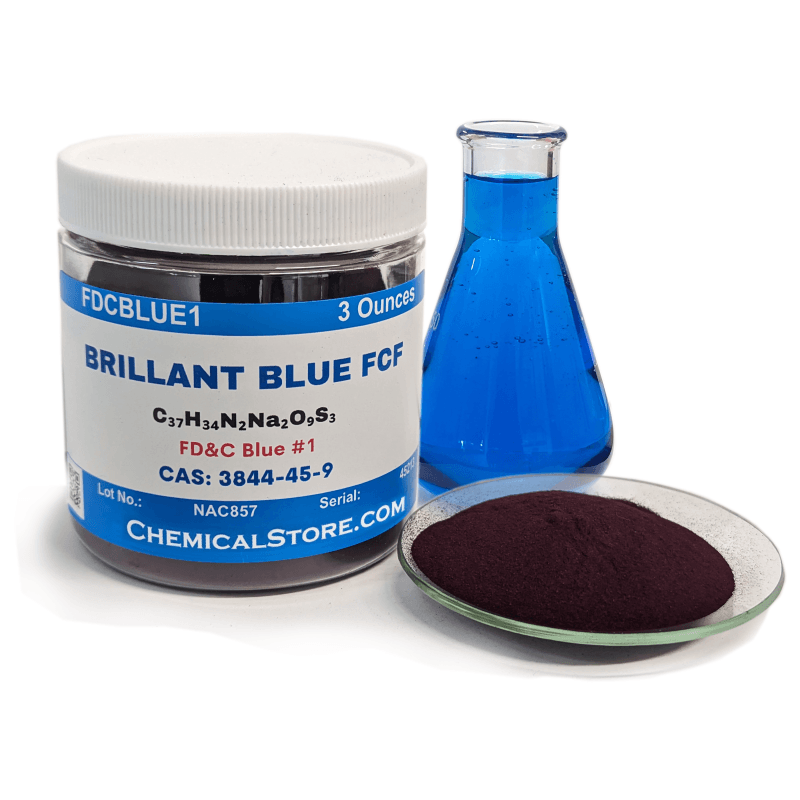
Found in everything from cotton candy and frosted cupcakes to slushies and blue raspberry-flavored treats, Blue 1 is a favorite in the world of artificial colors. Even mouthwashes and ice creams often rely on this electric blue pigment for visual impact.
Though it’s generally considered safer than some of its counterparts, Blue 1 hasn’t escaped scrutiny. Studies have questioned its ability to pass through the blood-brain barrier and whether it accumulates in tissues.
As more data emerges and the appetite for natural dyes grows, even “lesser evil” additives like this one are under review. The vibrant blue trend might soon turn a little more natural.
8. Blue 2 (Indigo Carmine)
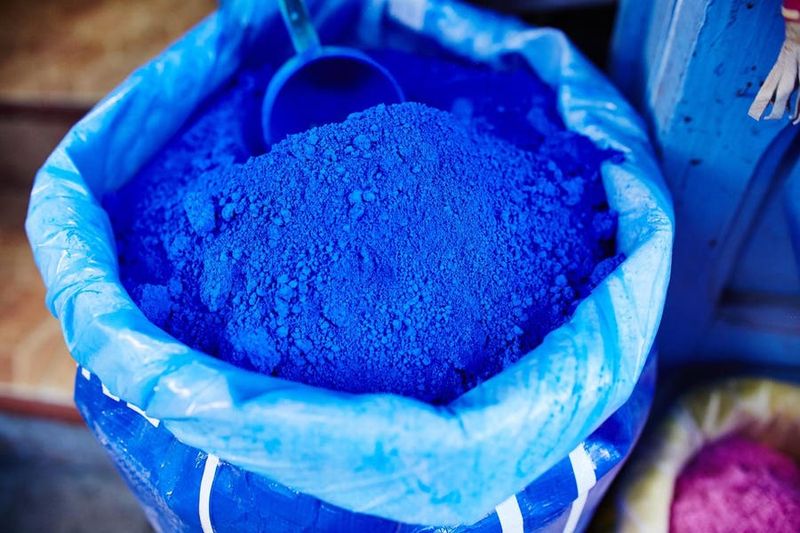
Dark blue and often used in fruit-flavored candies, pet foods, and sodas, Blue 2 helps round out rainbow-colored products with a deeper hue.
It’s often paired with other dyes to create complex shades that appeal to kids and consumers looking for colorful variety. But the visual flair may come at a cost.
Research has linked Blue 2 to potential brain tumors in rats, and while the data isn’t conclusive, it’s enough to raise eyebrows among health officials.
In an era where consumers read labels more closely than ever, Blue 2 has become harder to justify. A nationwide ban may finally push manufacturers to find healthier, plant-based alternatives.
Leave a comment